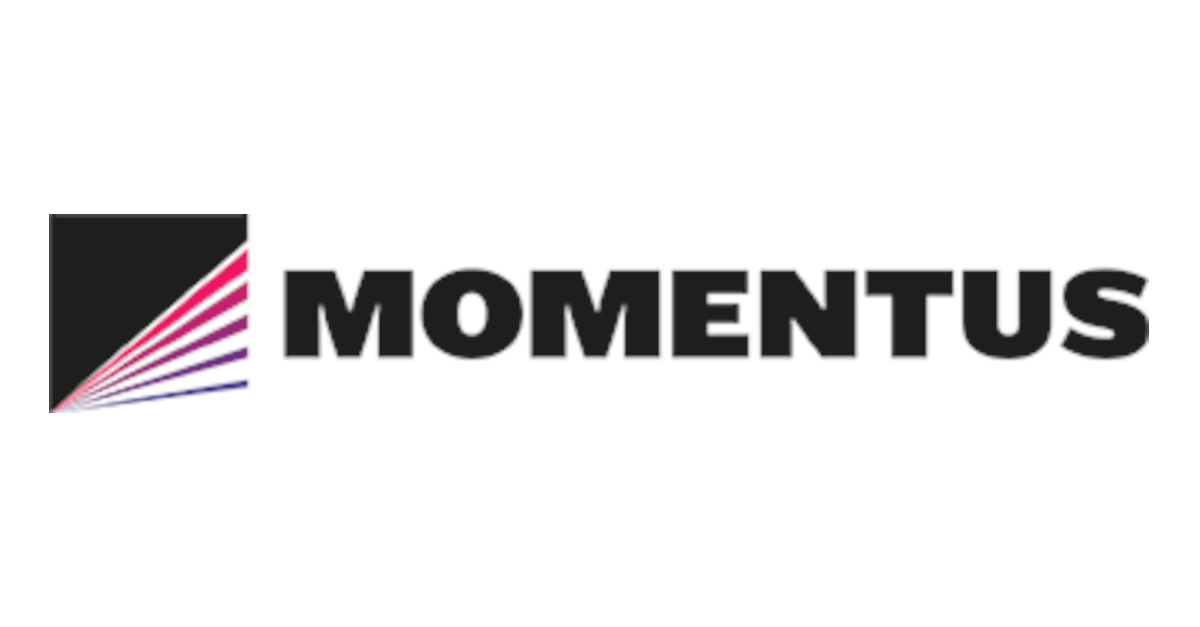Momentus’ Pioneering Propulsion System Successfully Completes Initial Tests in Space
Momentus Inc. (NASDAQ: MNTS) ("Momentus" or the "Company"), a U.S. commercial space company that offers transportation and other in-space infrastructure services, today announced that the Company has successfully completed the initial test sequence on-orbit of its pioneering Microwave Electrothermal Thruster (MET) that relies on solar power and uses distilled water as a propellant.
The MET is the Vigoride Orbital Service Vehicle’s (OSV) primary propulsion method that produces thrust by expelling extremely hot gases through a rocket nozzle. Unlike a conventional chemical rocket engine, which creates thrust through a chemical reaction, the MET is designed to create a plasma and thrust using solar power to drive a microwave energy source that heats the water propellant. Momentus has two patents in support of this proprietary propulsion technology.
“The MET technology is central to our transportation services, empowering us to offer custom and precise orbital deliveries for customers, and we’re encouraged to see initial testing of the technology on-orbit in space performing the way we anticipated from our ground testing,” said Momentus Chief Executive Officer John Rood. “We’ll be ramping up testing of the MET over the coming weeks as we look to push its performance in space. The Momentus team has worked incredibly hard to get us to this point. That focus will continue as we aim to advance our sustainable propulsion system that meets a market need and offers advantages over traditional chemical and electric propulsion systems.”
The recent MET testing done on-orbit included multiple test firings of the thruster that imparted forces on the Vigoride-5 spacecraft. These forces can change the orbital velocity of the spacecraft, allowing the orbit to be adjusted, changing parameters such as altitude and orbital inclination. This capability will allow Momentus to deliver its customers’ payloads to custom orbits. Momentus plans to demonstrate changes in spacecraft altitude and orbital inclination during the current Vigoride-5 mission.
“The MET concept has been studied in academia since the 1980s and we saw tremendous opportunity in commercializing it,” said Rood. “Many in-space vehicles use Argon and Xenon – which are often sourced from Russia and Ukraine. The use of water as a propellant alleviates the need to lean on foreign vendors for certain kinds of spacecraft. We’ve heard a lot of positive feedback about this point from the U.S. Department of Defense. In the much longer term, MET is an attractive option as water becomes known as a more abundant resource in space and propellant for our future vehicles can be pulled from other resources in the solar system. Water is found on the Moon and other places in the solar system, so as we think about longer term missions our use of water as a propellant offers other advantages.”
The Vigoride OSV’s Attitude Control and Reaction Control Systems also use water as a propellant and were recently tested and fully commissioned. With its water-based propulsion systems, Momentus aims to offer cost-effective, efficient, safe, and environmentally friendly propulsion to meet the demands for in-space transportation and infrastructure services.
